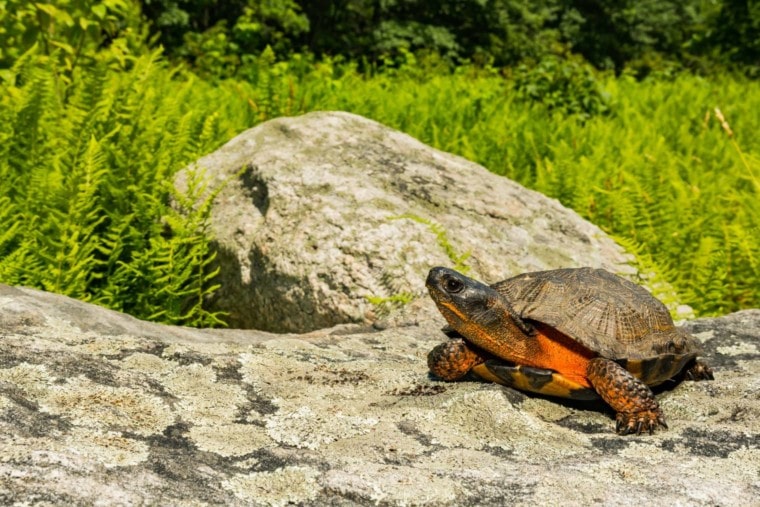
Turtles are an uncommon exotic pet that gives a whole new feel to the aquatic world. Turtles come in a range of different colors and sizes that draw in potential owners from all over.
You see, turtles are delicate creatures that have specific living requirements for them to thrive. Many people are unable to provide such conditions and believe the misinformation and outdated facts that these creatures hold.
In this article, we will be providing you with the truth about these fascinating creatures and debunking popular myths and misconceptions that inhibit these creatures from being cared for properly in captivity.
Some of these myths may come as a huge surprise to you but don’t worry, we will explain why it’s a misconception and make it easy for you to understand!
The 11 Myths & Misconceptions About Turtles
1. Turtles are Strictly Carnivores
This is by far the most common misconception amongst turtle owners. Although turtles do eat high amounts of protein, it is not the only thing we should be feeding them.
In the wild, turtles will eat a mixture of different foods. Some will stick to a more carnivore-orientated diet, yet they still consume some sort of plant material. Many turtles eat small fish, algae, seagrass, kelp, sea cucumbers, and sponges. This should ideally be implemented into their captive diet.
The diet should be strategically planned to ensure your turtle is receiving everything it needs to be healthy. However, you should do thorough research on what type of diet your specific species of turtle requires.
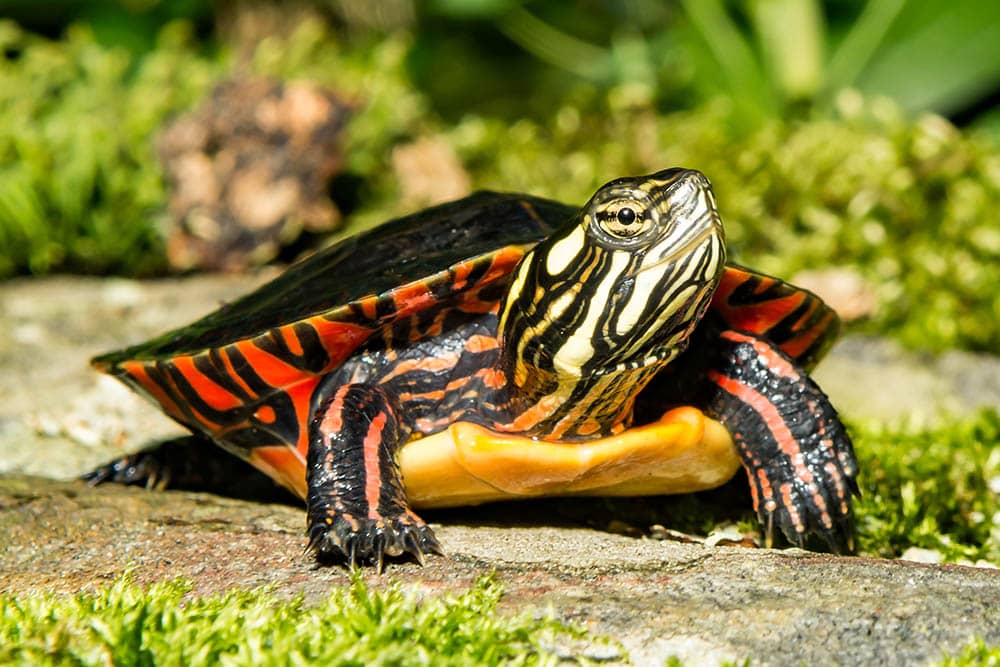
2. Turtles are Cheap Pets
This leads to pet turtles falling into the wrong hands. Many people get a turtle without knowing what they need. Turtles are not cheap pets they are anything but.
The turtle themselves may be cheap at your local pet store, but the supplies, tank, monthly diet, and supplements can cost more than many other aquatic pets. You should only attempt to purchase a turtle if you have all the right supplies and housing you need for your species of turtle.
Did you know? The start-up costs of a pet turtle can be between $400 to $800. The average owners’ monthly costs for their pet turtle can be from $50 to $100!
3. Turtles Do Not Live Very Long
This is widely believed, but it is false. The average freshwater turtle has a maximum lifespan of 25 to 50 years. This is true for nearly every captive species of freshwater turtle, from sliders to painted turtles, and even musk turtles.
Many owners get a turtle believing that they will only live for a few years. This is partly true due to poor care leading to high mortality rates amongst pet turtles (who are still considered juveniles), but when they are cared for properly, they become a lifelong commitment.
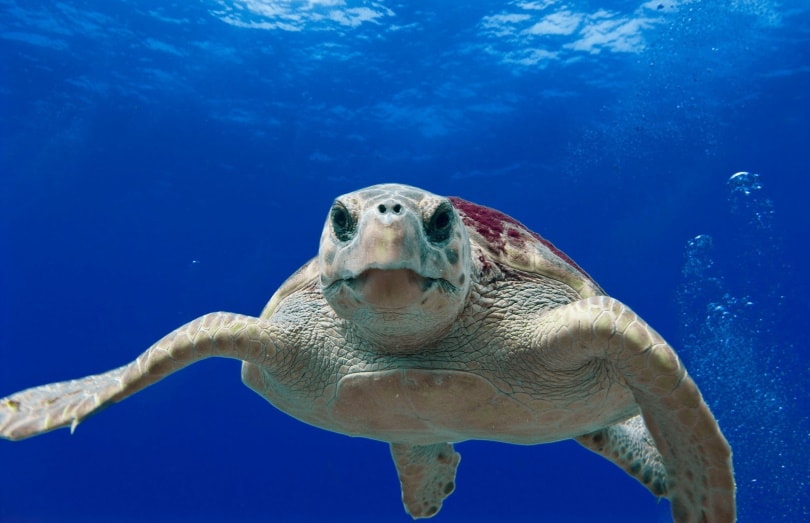
4. Veterinary Care is Unnecessary
Out of all the aquatic pets in the hobby, turtles are the most likely to require some form of veterinary care. Turtles are at risk of getting deadly parasites, infections, medical emergencies, and some even require surgery.
Turtles are delicate creatures who are prone to many types of health issues that cannot be treated at home. You should also put money aside in case an emergency arises, as aquatic vets are quite pricey.
5. Turtles Make Great Pets for Small Children
You may be walking with your child through a pet store, to have them gleefully point at the turtle residing in the tank. This leads to parents thinking a turtle will be a cute pet for their young children. Not many parents think of the commitment and maturity needed to care for such an exotic pet.
If you want to get your child a pet turtle, it is your job as the parent to look after the turtle and care for its needs. This includes regular cleaning, feeding, habitat setup, vet bills, medication, and time. These are things children are yet to learn and the turtle will become your responsibility.
Children should not be allowed to handle or feed turtles until they are much older. This is because children are most likely to drop and injure the turtle, overfeed it, and fail to provide for its basic needs. There are plenty of other family-orientated pets that young children can participate in caring for.
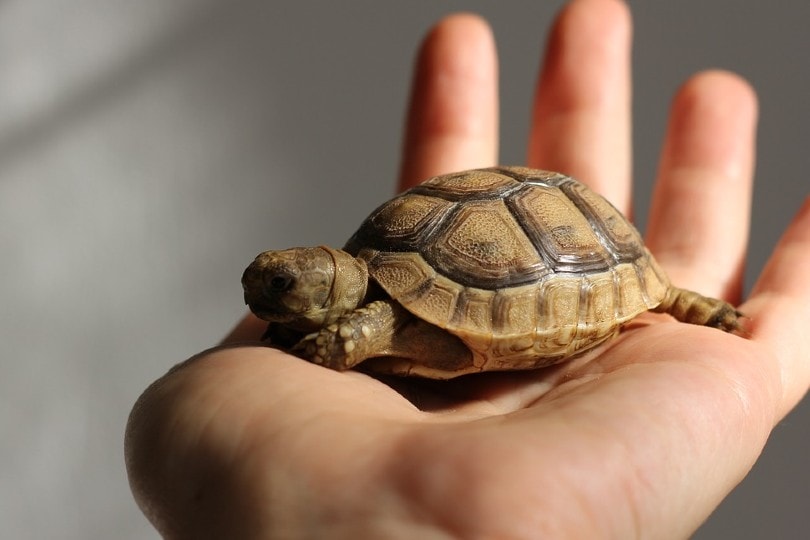
6. Turtles Hiss Like Snakes
Turtles are seemingly silent pets and communicate in ways that are inaudible to humans. Most turtle owners will claim that their turtle hisses at them out of stress or fear when they are being handled or startled.
Although the sound does mimic the noise of a snake, it is far from what the noise means. You see, since turtles spend most of their time in the water, their bodies and nares get flooded with water. When you frighten the turtle by picking it up or moving something in its habitat, they retreat into their shell and the excess moisture on their body gets pushed out by the force of this movement. It’s a noise that occurs from the outside of its body, and it is not an actual sound they deliberately make.
7. Turtles Grow to The Size of Their Tank
False! This myth is also believed to be true with goldfish and other aquatic creatures. Turtles do not grow to the size of their environment. This myth started making its rounds when people claim to have stunted their turtle’s growth by keeping them in a small tank.
The explanation for this is that turtles who are kept in poor conditions, with no proper lighting, supplements, or just an inadequate diet will not have the necessary nutrients to grow and develop to their proper size.
Small tanks become dirty quite easily, and owners who care about their well-being will not keep their turtles locked away in a tiny tank. All the poor care leads to an unhealthy, undeveloped turtle who will not live very long. This can be seen by a shell that is way too small for its body. They may also have enlarged eyes and poor muscular development from having no space or nutrients to develop them properly.
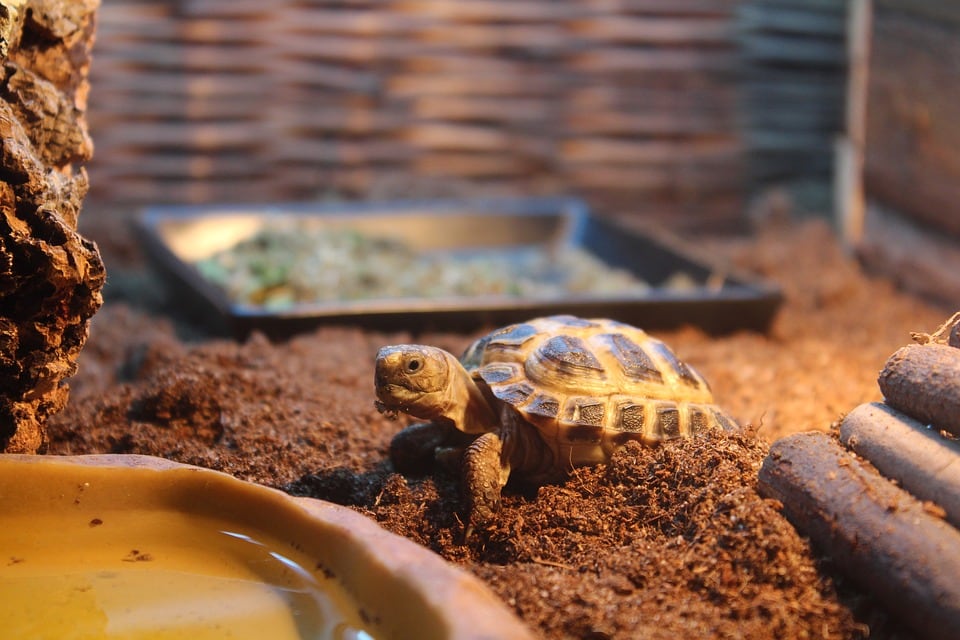
8. Turtles Do Not Need a Basking Spot, Only Sunlight
If the tank is near a window, you may notice that a few rays of sunlight hit the tank at a certain time. Most turtle owners will think that this provides enough heat and Vitamin D for their turtle to remain healthy.
It is also common to hear owners claim that placing their turtle in the sun outside for a few minutes provides them with all they need.
This is a dangerous myth that greatly harms the turtle. Turtles should have a constant basking spot out of the water. There should also be a cooler side as well so that they can effectively maintain their body temperature as turtles are exothermic. This means that their body temperature is determined by the surrounding ambient temperature.
When you place a turtle in direct sunlight, it can quickly overheat and become dehydrated. If their habitat does not have a hot and cool side, your turtle is more likely to become fatally ill.
9. All Turtles Are Fully Aquatic
Turtles should never be thrown into a tank filled with water. Most turtles are semi-aquatic and require a large platform in the tank to bask on and escape the water. It is also possible that a turtle can drown from constantly having to be submerged in water.
It is important to research the proper environment your turtle requires in captivity. Some need a larger body of water than others.
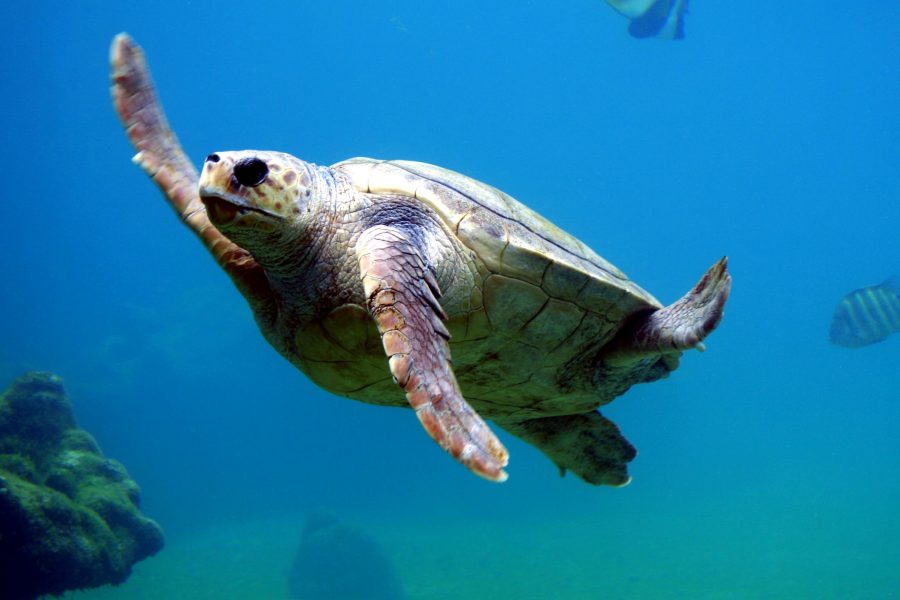
10. Turtles Do Not Need UVB
UVB is very important for the synthesis of Vitamin D. This is essential for proper shell growth and development. The UVB should be near the basking spot so that your turtle can absorb both the heat and UVB which is part of keeping your turtle healthy.
Turtles cannot get all the Vitamin D they require from supplements, as in nature their primary source of UVB is from the sun which is also their basking spot.
11. You Can Paint Turtles Shells
It is quite a common belief that you can paint or decorate a turtle’s shell. Although this may look attractive to the owner, it is dangerous for the turtle.
Turtles absorb UVB and heat through their shells, and it also helps them to control their temperature. If a turtle’s shell is even partly covered with a substance or material, the heat gets trapped, and they can quickly overheat.
Painting their shell also inhibits their ability to absorb UVB, which can lead to a whole range of other health issues such as soft shells, bone degeneration, and osteoporosis. The harmful paint is also slowly absorbed through the shell and into their bloodstream which poisons them slowly.
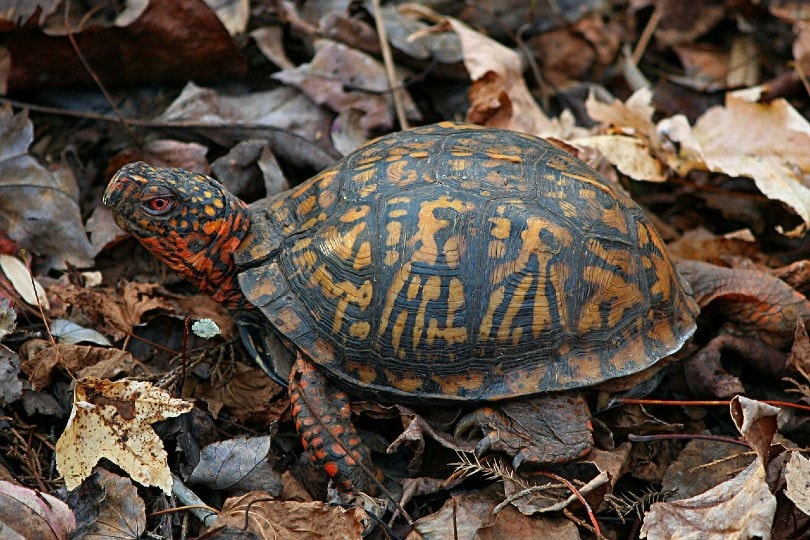
 Conclusion
Conclusion
It is always important to thoroughly research the pet you want to keep before you get them. This can help you to determine what are misconceptions and what is based on facts. This will keep your turtle healthy and happy from the start. Do not worry though, because we all make mistakes at the beginning of owning a new pet, and it is easy to believe some of the turtle myths on the internet.
We hope this article has helped you learn the truths behind these myths!
Next on your reading list:
- Can a Turtle Live Without Its Shell? What You Need to Know!
- How Much Is a Turtle at PetSmart? What You Need To Know!
Featured Image Credit: Jay Ondreicka, Shutterstock








